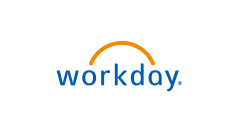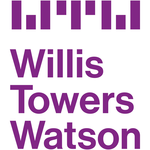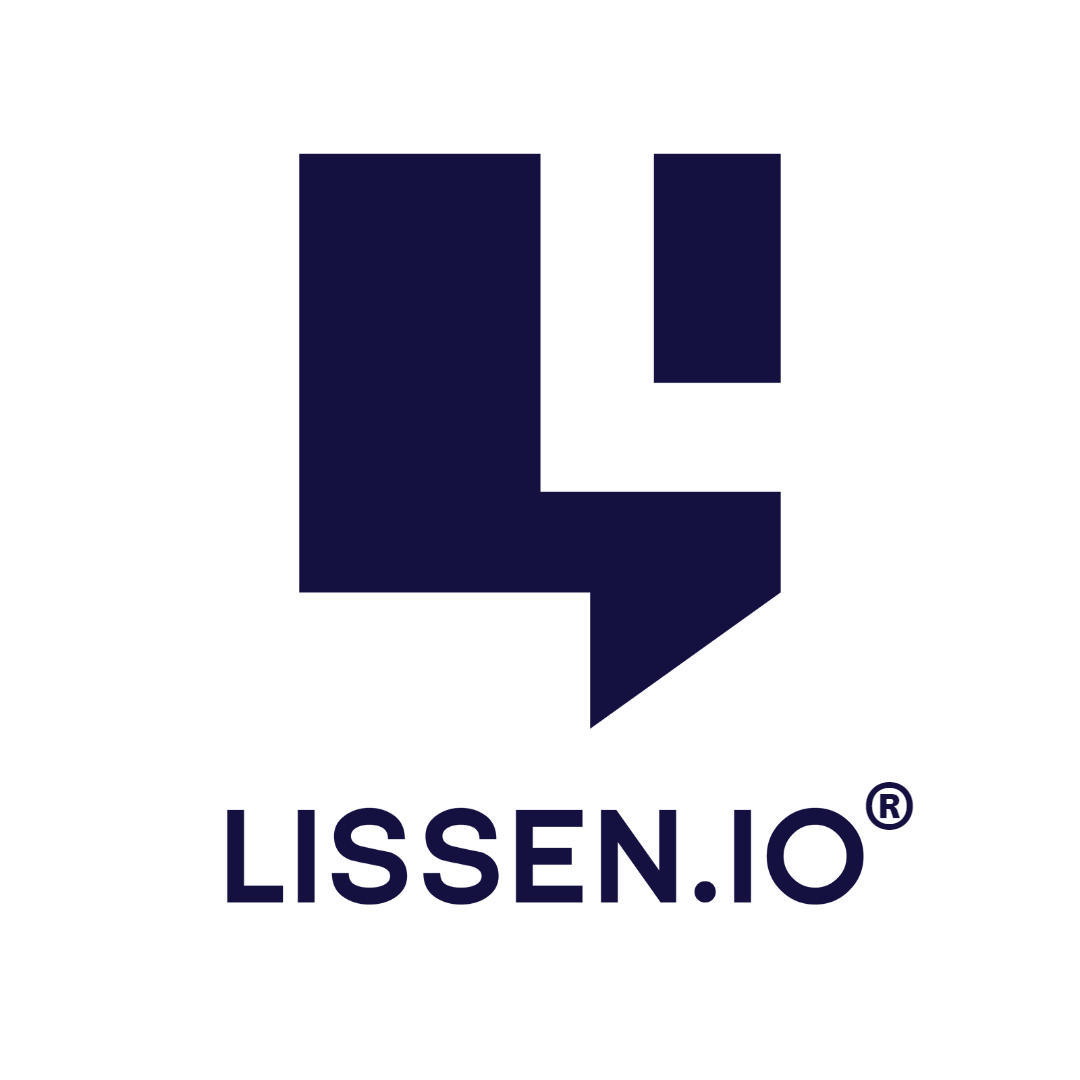Description

Workday Peakon Employee Voice

dropthought
Comprehensive Overview: Workday Peakon Employee Voice vs dropthought
Workday Peakon Employee Voice
a) Primary Functions and Target Markets:
- Primary Functions: Workday Peakon Employee Voice (formerly Peakon) is primarily an employee engagement platform designed to gather real-time feedback from employees, analyze data, and provide actionable insights to improve workplace culture and employee satisfaction. Key functionalities include anonymous surveys, engagement analytics, automated insights, action planning, and advanced reporting tools.
- Target Markets: This product targets medium to large enterprises seeking to enhance employee engagement, develop strong organizational culture, and improve overall employee experience. Industries commonly served include technology, finance, healthcare, and other sectors with a significant workforce.
b) Market Share and User Base:
- As an extension of Workday’s comprehensive suite of enterprise management tools, Workday Peakon Employee Voice benefits from integration with Workday's established user base, which includes numerous Fortune 500 companies. Its market share among employee engagement platforms is substantial, particularly within organizations that already utilize Workday’s human capital management solutions.
Dropthought
a) Primary Functions and Target Markets:
- Primary Functions: Dropthought is a customer and employee feedback management tool designed to capture real-time feedback through surveys, analyze sentiment, and provide insights for improving customer experiences and employee engagement. It emphasizes simplicity in gathering and analyzing feedback with features like in-the-moment feedback collection, advanced analytics, customizable dashboards, and actionable insights.
- Target Markets: Dropthought serves a broad range of sectors including hospitality, retail, healthcare, and financial services. Its solutions are suitable for companies of varying sizes, including small to medium-sized businesses that need to understand both customer and employee experiences.
b) Market Share and User Base:
- Dropthought occupies a niche spot in the market primarily due to its focus on real-time feedback solutions. It tends to serve businesses looking for a more lightweight, flexible, and cost-effective solution compared to larger, enterprise-focused tools. Its user base is smaller compared to Workday Peakon Employee Voice, catering more to SMEs and specific industry verticals needing immediate feedback solutions.
Key Differentiating Factors Between Workday Peakon Employee Voice and Dropthought:
-
Integration and Ecosystem:
- Workday Peakon Employee Voice integrates deeply with Workday’s suite of enterprise management products, offering seamless data exchange and extended functionalities for users already invested in the Workday ecosystem.
- Dropthought’s independent feedback system is platform-agnostic but may require additional integration work for businesses using proprietary systems.
-
Focus and Flexibility:
- Workday Peakon focuses heavily on employee engagement, with robust analytics tailored for large organizations looking to dive deep into engagement metrics and cultural improvement strategies.
- Dropthought provides a dual focus on both employee and customer feedback, offering greater flexibility for organizations keen on a unified feedback solution.
-
Market Position and User Base:
- Workday Peakon Employee Voice is geared towards large enterprises with significant HR infrastructure, while providing comprehensive tools suitable for advanced engagement strategies.
- Dropthought caters to a more diverse range of businesses, including smaller organizations needing straightforward and immediate feedback capabilities.
-
Pricing and Accessibility:
- Workday’s pricing typically positions it as a premium product suited for organizations with substantial budget allocations for employee experience tools.
- Dropthought often presents a more cost-effective option, making it accessible to smaller businesses with budget constraints.
-
Real-time Feedback Emphasis:
- While Workday Peakon provides ongoing feedback mechanisms, it’s traditionally centered on structured survey cycles and engagement programs.
- Dropthought emphasizes capturing feedback in the moment, which is ideal for companies that require rapid sentiment analysis and immediate corrective actions.
These differences highlight both the strategic focus of each solution and their alignment with particular business needs within the employee and customer engagement spheres.
Contact Info

Year founded :
2015
+1 458-988-1780
Not Available
United States
http://www.linkedin.com/company/peakon

Year founded :
2011
+1 855-437-6776
Not Available
United States
http://www.linkedin.com/company/dropthought-inc
Feature Similarity Breakdown: Workday Peakon Employee Voice, dropthought
When comparing Workday Peakon Employee Voice and Dropthought, both are platforms designed to enhance employee engagement through feedback and surveys. Here is a breakdown of their similarities and differences:
a) Core Features in Common:
-
Employee Surveys:
- Both platforms offer customizable surveys that can be tailored to gather employee feedback on various aspects of the workplace.
-
Real-time Feedback:
- Each tool provides mechanisms for employees to share their thoughts and feelings in real-time, allowing organizations to respond promptly.
-
Data Analytics:
- Both solutions offer analytics to help interpret survey results, identify trends, and provide insights into employee engagement levels.
-
Reporting:
- Each platform provides robust reporting capabilities, enabling HR and management to generate reports based on collected data.
-
Actionable Insights:
- They both transform feedback into actionable insights, guiding organizations on how to improve workplace culture and employee satisfaction.
-
Confidentiality:
- Ensuring employee feedback remains anonymous and secure is a feature both platforms highlight.
b) User Interface Comparison:
-
Design and Usability:
- Both platforms focus on user-friendly interfaces, with intuitive navigation that allows users to create, deploy, and analyze surveys easily.
- Peakon often emphasizes a clean, professional aesthetic with straightforward dashboards, while Dropthought might lean more towards a vibrant and interactive UI.
-
Dashboard Layout:
- Peakon typically offers a more data-centric dashboard with widgets that emphasize metrics and KPIs, whereas Dropthought might provide more customizable visual elements that appeal to different organizational needs.
-
Mobile Accessibility:
- Both are mobile-friendly, though some users may find variations in responsiveness and ease of access across devices.
c) Unique Features:
-
Workday Peakon Employee Voice:
- Integration with Workday Suite: The tight integration with other Workday HR solutions can offer cohesive data flow and holistic employee management.
- Benchmarks: Peakon's global benchmarks help companies compare their employee engagement against industry standards.
- Advanced Predictive Analytics: Peakon includes sophisticated predictive analytics to forecast potential issues before they arise.
-
Dropthought:
- Sentiment Analysis: Dropthought often highlights its ability to perform sentiment analysis on open-text responses, providing deeper insights into employee emotions and attitudes.
- Multilingual Support: Though both may offer this, Dropthought places significant emphasis on multilingual capabilities to cater to diverse workforces.
- Custom Branding Options: Allows companies to infuse surveys and feedback mechanisms with their own branding for a more personalized employee experience.
Conclusion:
Both Workday Peakon Employee Voice and Dropthought provide essential tools for understanding and enhancing employee engagement, yet they cater to slightly different organizational needs with their unique features. The selection between them often depends on specific organizational priorities, existing infrastructure (like if an organization already uses Workday products), and desired unique capabilities such as predictive analytics or sentiment analysis.
Features

Personalized Experience
Employee Feedback
Employee Engagement
Data Analysis

User-Friendly Interface
Advanced Analytics
Real-time Feedback Collection
Customizable Survey Templates
Multichannel Distribution
Best Fit Use Cases: Workday Peakon Employee Voice, dropthought
Workday Peakon Employee Voice
a) Best Fit Use Cases
Types of Businesses/Projects:
- Large Enterprises: Workday Peakon Employee Voice is ideally suited for large companies with a complex organizational structure. Its robust analytics and scalable feedback solutions make it perfect for businesses with thousands of employees who need systematic, continuous engagement tracking.
- Global Organizations: Companies with a global footprint benefit from its ability to handle multi-language feedback and provide insights across various cultural and geographical boundaries.
- Industries with High Employee Interaction: Sectors like retail, healthcare, and services, where employee satisfaction directly affects customer experience, can particularly benefit from Peakon's features.
d) Industry Verticals & Company Size:
- Industry Verticals: The platform is versatile enough to be used across different industries, including technology, manufacturing, finance, and healthcare. It offers industry-specific insights and benchmarks which can be useful for these sectors.
- Company Size: It caters effectively to medium-to-large enterprises. Organizations with a high number of employees and a need for advanced data analytics will find its features particularly useful.
Dropthought
b) Preferred Scenarios
Types of Businesses/Projects:
- Small to Medium Enterprises (SMEs): Dropthought is a great fit for smaller organizations that need straightforward and effective feedback solutions without the complexity and cost of larger platforms.
- Projects Requiring Quick Feedback Loops: It is ideal for projects that benefit from real-time feedback, allowing for rapid adjustments and improvements.
- Event or Training Feedback: Dropthought is well-suited for scenarios where capturing feedback from events, workshops, or training sessions is crucial.
d) Industry Verticals & Company Size:
- Industry Verticals: Dropthought is particularly effective in education, hospitality, and event management sectors where immediate feedback from participants or customers is valuable.
- Company Size: It is best suited for small to mid-sized businesses looking for cost-effective, easy-to-implement employee or customer feedback systems.
Key Differentiators
- Complexity and Deployment: Workday Peakon Employee Voice offers a more comprehensive approach but at a greater cost and complexity, suited for larger scale operations, whereas Dropthought provides a more user-friendly, agile solution for smaller teams.
- Feature Depth vs. Ease of Use: While Workday Peakon offers in-depth analytics and insights, Dropthought emphasizes ease of use and quick deployment, aligning with different organizational needs and capabilities.
Pricing

Pricing Not Available

Pricing Not Available
Metrics History
Metrics History
Comparing teamSize across companies
Conclusion & Final Verdict: Workday Peakon Employee Voice vs dropthought
Conclusion and Final Verdict
After evaluating Workday Peakon Employee Voice and dropthought in terms of features, pricing, usability, integration capabilities, and user feedback, it is possible to draw conclusions on their value, pros and cons, and recommendations for potential users.
a) Best Overall Value
Considering all factors, Workday Peakon Employee Voice generally offers a better overall value, especially for larger organizations seeking a robust and integrated employee engagement platform. It provides a comprehensive suite of features, strong data analytics capabilities, and integrates seamlessly with other Workday products, making it especially appealing for existing Workday customers.
b) Pros and Cons
Workday Peakon Employee Voice:
Pros:
- Comprehensive Data Analytics: Offers deep insights and predictive analytics that help drive strategic decision-making.
- Integration: Seamless integration with other Workday products facilitates streamlined operations for existing Workday users.
- Scalability: Suitable for medium to large enterprises needing a scalable solution.
- Customization: Highly customizable surveys that can cater to specific organizational needs.
- User-Friendly Interface: Intuitive design that enhances user experience and encourages engagement.
Cons:
- Cost: Typically more expensive than other standalone solutions, which may be a barrier for smaller organizations.
- Complexity: May require a steeper learning curve for organizations not familiar with Workday’s ecosystem.
dropthought:
Pros:
- Affordability: Generally more cost-effective, appealing to small to medium-sized businesses.
- Ease of Use: A simpler interface that can be quickly adopted by users with minimal training.
- Real-Time Feedback: Focus on real-time feedback collection and analysis.
- Versatility: Can be used in various settings beyond employee engagement, such as customer experience management.
Cons:
- Limited Integration: May lack the comprehensive integration capabilities that other enterprise-level platforms offer.
- Feature Limitations: Potentially fewer advanced data analytics and reporting features compared to Workday Peakon.
- Scalability Issues: May not fully meet the needs of very large organizations with complex requirements.
c) Recommendations
For users deciding between Workday Peakon Employee Voice and dropthought:
-
Consider Your Organization Size and Needs: Larger organizations or those already using Workday products may find Peakon to be a valuable addition due to its robust analytics and seamless integration. In contrast, smaller organizations or those with tighter budgets may prefer dropthought for its affordability and ease of use.
-
Integration Requirements: If integration with existing systems (especially within the Workday ecosystem) is a priority, then Workday Peakon is likely the more suitable choice.
-
Budget Considerations: Organizations with limited budgets should consider not only the initial cost but also the total cost of ownership, including potential integration costs. Dropthought may be more budget-friendly in this sense.
-
Specific Use Cases: If your use case extends beyond employee engagement, such as into customer experience management or other forms of feedback collection, dropthought’s versatility could be advantageous.
Ultimately, the decision between Workday Peakon Employee Voice and dropthought will depend on the organization's size, existing systems, budget, and specific needs. Conducting a needs assessment and potentially testing both platforms through demos or trials could provide further clarity.
Add to compare
Add similar companies



